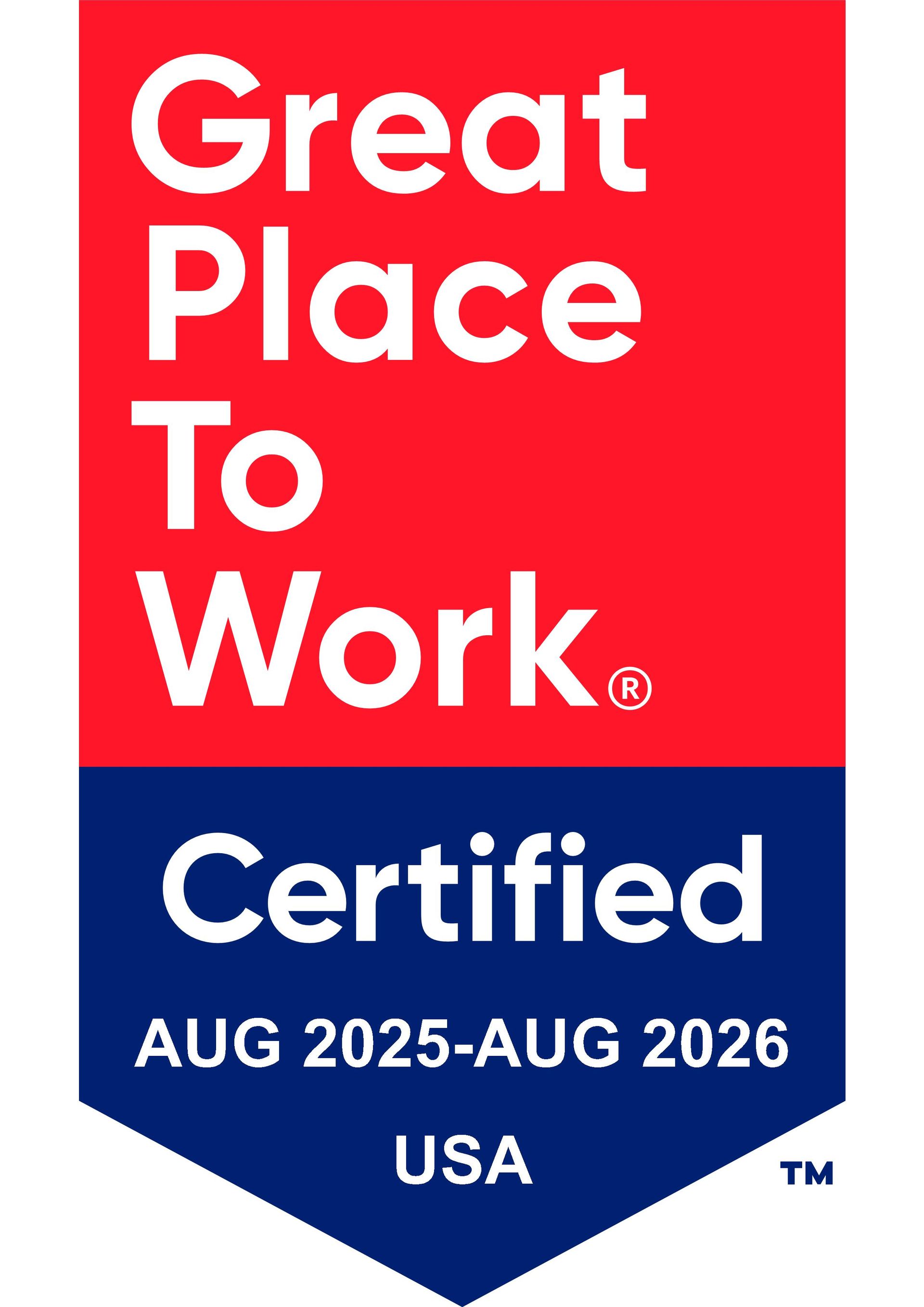
Employee Advocacy: What Is It, and What Are the Benefits?
27 July 2022

It’s common for people to think of brand advocates as those external to a company, such as social media influencers and promotional organizations. However, your own employees are often the ones you can rely on the most to promote your company. After all, employees know your organization inside and out, from processes and procedures to your values, mission, and vision. They also know about your organizational initiatives ranging from diversity, equity and inclusion to community involvement and employee growth and development opportunities. As a result, employees can lend a unique and valid voice to promote and support your brand.
Online employee advocacy grew 191% between 2014 and 2018, with more than 50% of company managers realizing its benefits. Still, only 33% of organizations have a defined program, with only about 1 in 10 organizations having a defined, comprehensive social media advocacy program.
Read on to learn more about employee advocacy programs, why they’re beneficial for companies to adopt, and steps to help you implement one.
What Is Employee Advocacy?
Employee advocacy occurs when the individuals that work for the company promote it and its brand. It allows employees to:
• Share positive experiences and an inside look related to their work life
• Promote organizational promotions and messaging
• Recommend company services and products as experts within the business
When we discuss employee advocacy in this post, we are primarily referring to online social media employee advocacy. Social media advocacy is the most common means of implementing helpful programs within organizations today.
How Can Employees become Advocates?
Employees can become advocates for the company in different ways. Two of the most common ways are through social media and brand merchandise.
Social Media Employee Advocacy
As mentioned, when we think of employee advocacy programs today, we most commonly think of social media programs within organizations. Most employees are on social media, making it a great tool to support the program. It’s also one of the easiest and quickest way to reach a diverse and large audience with a relatively low ROI.
Social media employee advocacy is when employees post and share company content on their personal social media pages or accounts. Facebook, LinkedIn, Instagram, Twitter, TikTok, and YouTube are examples of social accounts where employees might share company content.
Company Merchandise
Company merchandise and swag pre-date social media advocacy but are still viable ways employees can become brand advocates. Branded company items are also popular with many employees, from company t-shirts and sweatshirts to branded pens and stickers. As part of a social media advocacy program, images of company merch and swag can be shared, as well as images of employees using or wearing branded items.
What Are the Benefits of Employee Advocacy?
Employee advocacy not only supports the company, but the employees, as well. It provides benefits across several departments, including:
• An increase in brand reach and positivity for the recruiting and staffing department
• Improved morale for the human resources department
• An expanded network of leads for the sales department
• Increased brand awareness and marketing support for the marketing department
Additional Benefits for Employees
Employees can greatly benefit from employee advocacy programs that are well-organized and implemented. Four common benefits include:
• It provides employees with opportunities to network. Posting content on social media platforms increases an employee’s engagement and networking opportunities online.
• It builds their professional profile and thought-leadership status. Various types of content can be shared to support employee advocacy. In addition to branded content, industry and company articles and insights can also be shared. When employees post and comment on such content, it builds their professional reputation and thought-leadership status in the field. Research by Edelman and LinkedIn highlights that decision makers are significantly impacted by the perception of thought-leadership within an organization.
• It can enhance their skillset. Many employees, especially of older demographics, aren’t necessarily comfortable using certain technologies and social media. Building in training for your employee advocacy program that teaches the best approach to post and use social media, as well as how to create content for social, helps to enhance their skillset.
• It keeps employees informed. When your organization provides content and links for employees to use for social media, it not only gives them the opportunity to share content, but also helps them remain informed about what’s going on within the company and industry.
Additional Benefits for the Company and Brand
There are numerous benefits for the company and brand when they have a solid employee advocacy program, with five of the most common ones listed below.
• It enhances lead quality. Individuals naturally gravitate towards organizations that have a positive reputation. Also, as more employees post about your business, the more familiar and knowledgeable others will become with it, making them more likely to purchase from or want to work for your business.
• It increases employee engagement which leads to increased productivity. Employees that are engaged lead to innovation, which then leads to increased productivity. Research shared by PostBeyond shows that organizations with high employee engagement have a 202% performance advantage over those with unengaged employees.
• It improves brand reach and awareness. Employee advocacy provides an opportunity to organically grow your brand. The research shared by PostBeyond suggests company branded messages offer a 561% reach when shared by employees vs. branded channels.
• You have the ability to maintain consistency and control over messaging. With an employee advocacy program, you can ensure that your core messaging and branding are maintained by providing employees with specific content to post. You can also provide guidelines on how employees can provide an individual touch or perspective to specific components.
• It can provide cost savings. When businesses rely on their employees to advocate for the company, it can reduce the amount of money invested in advertising and marketing companies.
What are the Types of Content Companies Can Use for an Advocacy Program?
There are several types of content that companies can create for their employees to post and share. Examples include:
• Instagram and Facebook images
• Funny memes
• Blog article links
• LinkedIn article links
• Links to industry news
• Links to company news
• Links to company press releases
• Online videos
• Individual employee awards and recognition
• Company awards and recognition
• Photos from company events
• Links to blogs and articles by employees/thought-leaders within the company
• Special brand promotions
• Special company events, including online and live events
• Infographs
• Links and posts about current job openings
• Customer testimonials and reviews
• Employee testimonials and reviews
How Can an Organization Launch an Employee Advocacy Program?
Below are some essential steps to consider when launching your employee advocacy program.
Establish a mission and vision. As with any company program, it’s important to establish its mission and vision. A mission and vision outline an organization's “why” and overall goals to help people want to get behind it.
Create KPIs. You want to establish key performance indicators (KPIs) to determine what is or isn’t working for your advocacy program. Common KPIs for an employee advocacy program include:
• Active employee participation rate
• Top employee contributors
• Adoption rate by employees
• Organic social reach
• Increase in fans or followers
• Increase in likes
• Non-employee engagement rate, including comments and shares
• Lead generation
• Employee referrals
• Non-employee referrals
Provide incentives. Incentivizing your program can encourage employee participation. Company recognition was the most effective way to incentivize an employee advocacy program according to a study by Social Media Today. Providing money is another option.
Offer training. Providing training is important for a couple of reasons. One, you want employees to understand what is and is not appropriate to post, as well as how to personalize posts. Two, for those that aren’t astute in using social media effectively, training will provide the tools for them to do so, which means more engagement for your business.
Encourage post-personalization. PostBeyond’s Customer Employee Advocacy Benchmark Report shows that posts with personalized content generate 64% more engagement than posts that aren’t personalized. Therefore, when you provide content for your employees to post, also encourage them to authentically personalize the posts.
Continually communicate and encourage involvement. Instead of training your employees once and communicating only at the launch of the program, continually communicate and share information. Communications will remind employees about the program, can keep them informed of changes and updates, and provides reminders on how to be efficient and effective when participating.
Communication is also important when it comes to sharing how well the program is performing and acknowledging employees for participation.
Employee Advocacy Programs = Mutual Benefits for Employers and Their Employees
Employee advocacy programs are a valid option that benefits both the employees and the company when it comes to engagement and increasing brand reach and awareness. Sprout Social shares some examples of organizations that have successfully implemented advocacy programs that might just inspire ideas for your own!



